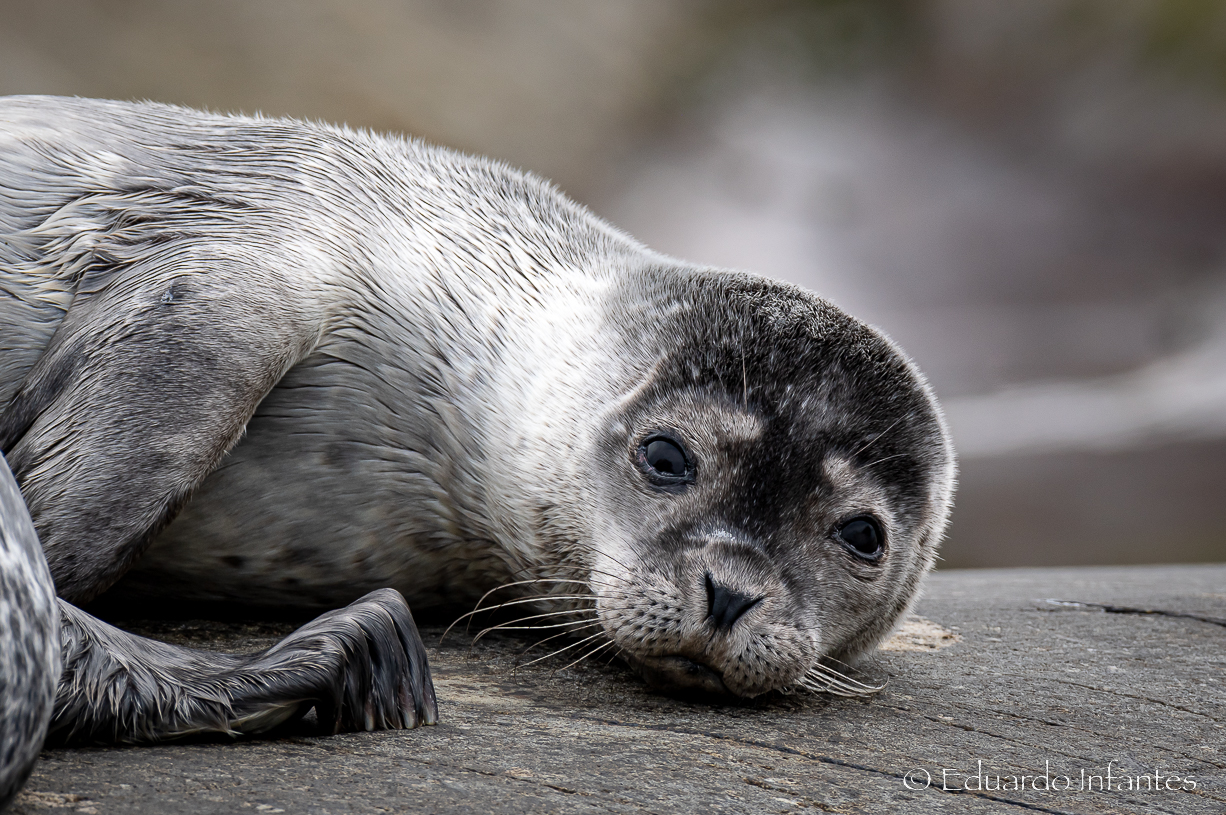Abstract
Changes in species abundance and distribution are driven by short-term interactions between individuals and their environment, as well as by long-term shifts in climate, prey abundance, disease outbreaks and predators, acting across generations. Unfortunately, management of wildlife populations by humans has often overlooked these long-term effects. This approach has resulted in an overestimation of nature’s resilience, leading to overharvesting and contributing to the decline and extinction of species. Field studies that document species demography over sufficiently long periods to understand the drivers of change are rare but crucial for sustainable management. In our view, these datasets should be recognised as World Heritage Ecological Time Series (WHETS). To counteract biodiversity loss, it is essential to document, preserve, and develop existing WHETS. We illustrate the value of such time series using the example of the Kattegat-Skagerrak Sea Region harbour seal (Phoca vitulina).





